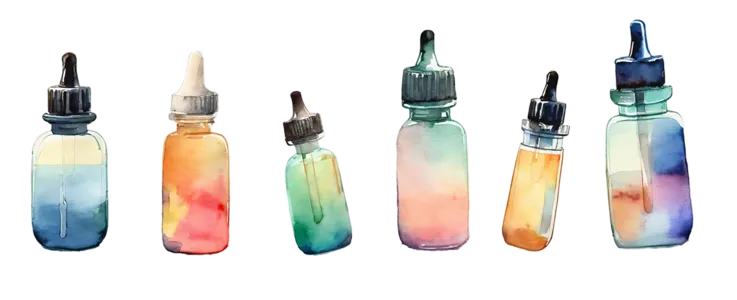Etude House Soon Jung pH 6.5 Whip Cleanser Versus IVY AÏA Cleansing Mousse
Updated on June 04, 2024
Overview
What they are
These products are both vegan and reef safe face cleansers. They have a total of 3 ingredients in common
Suited For
They're both likely to be good for anti aging, dry skin, brightening skin, sensitive skin, reducing pores and scar healing
Free From
They both do not contain any harsh alcohols, common allergens, fragrances, oils, parabens, silicones or sulfates
We independently verify ingredients, and our claims are backed by peer-reviewed research. Spot a product that needs an update? Let us know.
Ingredient Info
Etude House Soon Jung pH 6.5 Whip Cleanser 14 ingredients
IVY AÏA Cleansing Mousse 13 ingredients
What's inside
What's inside
At a glance
Click on any of the items below to learn more
Etude House Soon Jung pH 6.5 Whip Cleanser 14 ingredients
IVY AÏA Cleansing Mousse 13 ingredients
Key Ingredients
Benefits
Concerns
Ingredients Side-by-side
Ingredients Explained
These ingredients are found in both products.
Ingredients higher up in an ingredient list are typically present in a larger amount.
Ethylhexylglycerin (we can't pronounce this either) is commonly used as a preservative and skin softener. It is derived from glyceryl.
You might see Ethylhexylglycerin often paired with other preservatives such as phenoxyethanol. Ethylhexylglycerin has been found to increase the effectiveness of these other preservatives.
Propanediol is an all-star ingredient. It softens, hydrates, and smooths the skin.
It’s often used to:
Propanediol is not likely to cause sensitivity and considered safe to use. It is derived from corn or petroleum with a clear color and no scent.
Learn more about PropanediolWater. It's the most common cosmetic ingredient of all. You'll usually see it at the top of ingredient lists, meaning that it makes up the largest part of the product.
So why is it so popular? Water most often acts as a solvent - this means that it helps dissolve other ingredients into the formulation.
You'll also recognize water as that liquid we all need to stay alive. If you see this, drink a glass of water. Stay hydrated!
Learn more about WaterIngredient Ratings
Here's what our community thinks of the ingredients in these products.
When to use
Etude House Soon Jung pH 6.5 Whip Cleanser 14 ingredients
IVY AÏA Cleansing Mousse 13 ingredients

Reviews
Here's what our community thinks
